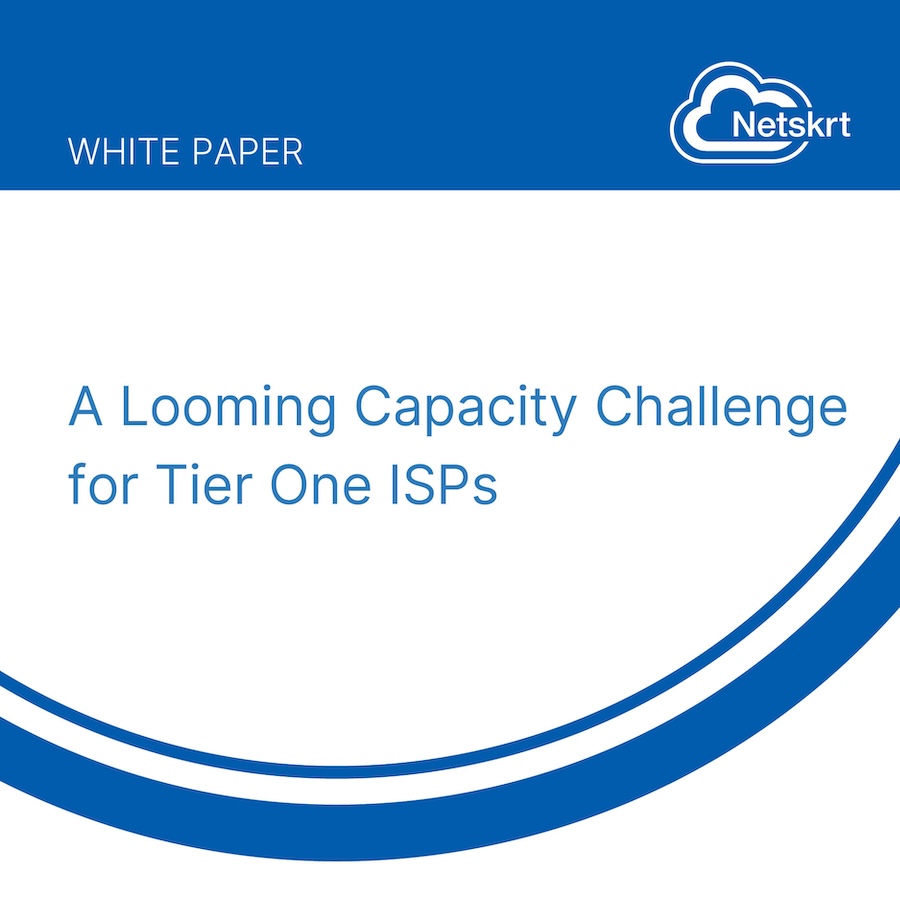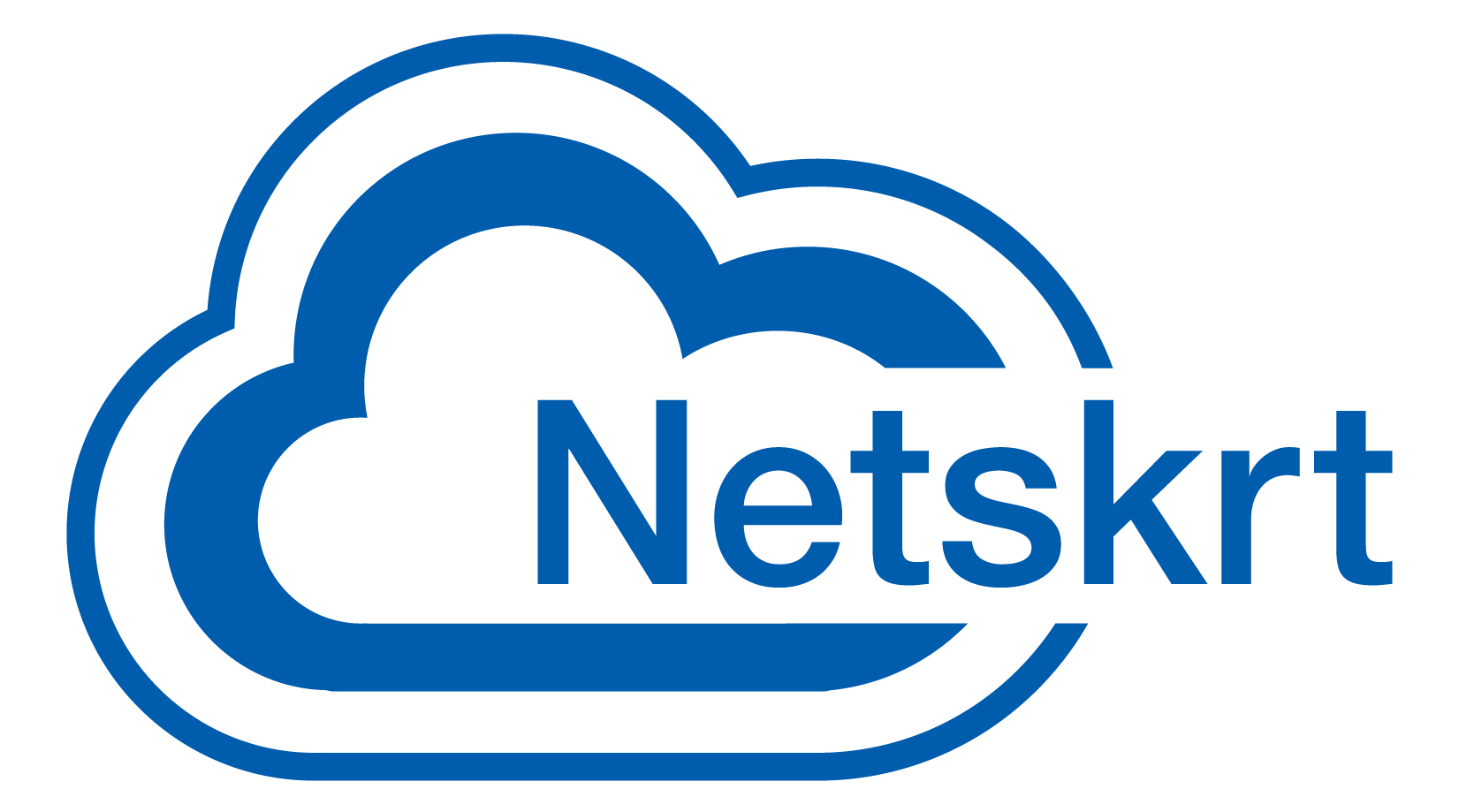White Paper
A Looming Capacity Challenge for Tier 1 ISPs
 This white paper covers the challenge Tier 1 ISPs face with the rise of live over-the-top (OTT) streaming. Live streaming sports, such as NFL games, can result in traffic spikes that are 10x the usual traffic ISPs see on any given day. As a result, ISPs find themselves considering the following: “Do we invest in capacity sufficient to address traffic peaks that occur relatively infrequently?” Either they invest in lots of capacity (costly) that’s idle most of the time, or they risk delivering poor quality of experience (QoE) to subscribers thereby increasing customer churn. So what’s the alternative? Find out in our latest white paper.
This white paper covers the challenge Tier 1 ISPs face with the rise of live over-the-top (OTT) streaming. Live streaming sports, such as NFL games, can result in traffic spikes that are 10x the usual traffic ISPs see on any given day. As a result, ISPs find themselves considering the following: “Do we invest in capacity sufficient to address traffic peaks that occur relatively infrequently?” Either they invest in lots of capacity (costly) that’s idle most of the time, or they risk delivering poor quality of experience (QoE) to subscribers thereby increasing customer churn. So what’s the alternative? Find out in our latest white paper.
Access the Full Report
Introduction
Virtually every tier one ISP operates large, high-capacity and highly resilient IP network infrastructure capable of delivering symmetrical gigabit broadband services to tens of millions of residential households. While traffic levels have steadily increased over the past decade or so, traffic patterns have (until recently) remained remarkably consistent. Unsurprisingly, those patterns map neatly with the school/ work patterns of their subscribers. Relatively idle during the day (even with increases in working-from-home and consequent Zoom meetings) followed by peaks in prime-time hours and, for gamers, extending late into the night. But the advent and continued growth of live over-the-top (OTT) streaming—especially sports—has disrupted that consistency and thrown a giant wrench into the traffic engineering calculus of every large ISP.
Live streaming for major sports events such as NFL games can produce traffic spikes of 10x or more compared to what ISPs would normally see on any other day. For playoff games, the Super Bowl, or any game attended by Taylor Swift, those spikes can exceed 30x. The question for ISPs is, “should we invest in capacity sufficient to address peaks that occur relatively infrequently?” It’s a double edged sword: either they invest in massive amounts of (expensive) capacity that’s idle most of the time or they risk subscriber churn.
How did we get here?
While much attention has focused on the tens of billions of dollars spent by major streaming platforms on sports rights packages, there is a glaring technical problem at the core of every streaming platform that is creating this issue. Yes, the money, along with continued cord-cutting and cord-nevering, has created a huge array of content from which broadband subscribers can feast. As an example, Amazon Prime Video and NBCU / Peacock were among the winning bidders in a recent $77 billion 11-year rights deal with the NBA. And that’s just the tip of the iceberg.
Here’s the problem. From a technical standpoint, the primary layer-three delivery mechanism at the core of every streaming video platform is the same: unicast IP. It’s understandable why streaming platforms settled on this mechanism: they need to ensure that they can reach any device used by any subscriber on any network and the least common denominator is point-to-point unicast IP. But from a network standpoint, it would be difficult to find a less efficient way to deliver live streaming video to subscribers.
